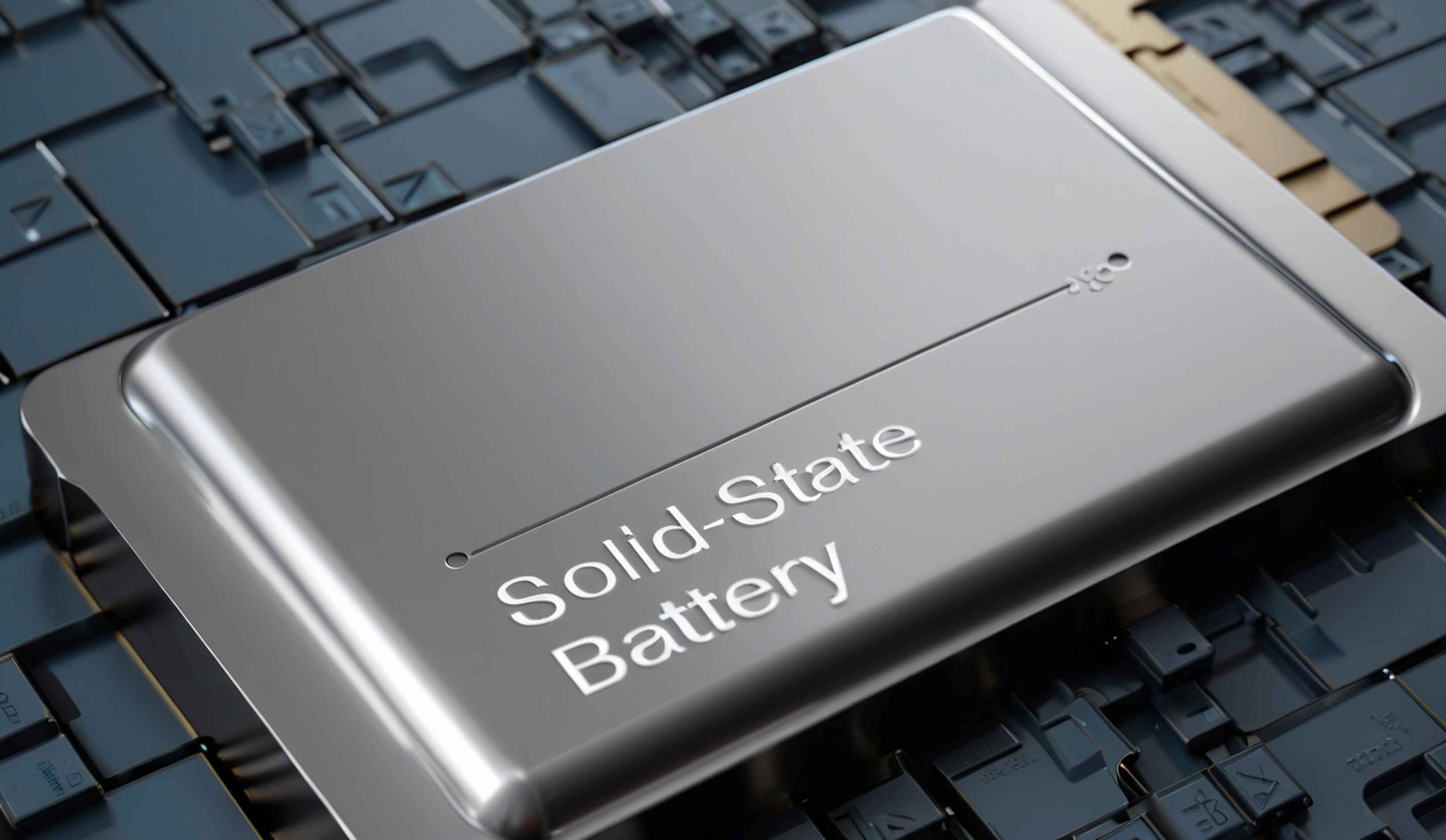Introduction
Solid-state battery is widely regarded as the next frontier in energy storage technology, offering unparalleled safety and energy density compared to conventional lithium-ion batteries. Central to this innovation is the development of solid-state electrolytes, which replace flammable liquid electrolytes and enable the use of lithium metal anodes. Among various candidates, halide solid-state electrolytes have emerged as a promising solution due to their high ionic conductivity, excellent mechanical deformability, and superior oxidative stability. However, commercialization has been hindered by challenges such as high material costs, limited air stability, and interfacial compatibility issues. In this work, we present our latest advancements in low-cost halide solid-state electrolytes, focusing on the Li-Zr-O-Cl system, and outline strategies to address critical barriers to industrial adoption.

Advantages of Halide Solid-State Electrolytes
Halide-based electrolytes exhibit unique properties that make them ideal for solid-state battery:
- High Ionic Conductivity: Weak Coulombic interactions between lithium ions and large halide anions (e.g., Cl⁻, Br⁻) facilitate rapid ion migration. For instance, Li₃YCl₆ achieves room-temperature ionic conductivity exceeding 1 mS/cm.
- Oxidative Stability: Halides such as Li₂ZrOCl₄ demonstrate electrochemical stability windows above 3.5 V, enabling compatibility with high-voltage cathodes.
- Cost Efficiency: By replacing rare-earth elements (e.g., Y, In) with abundant Zr, material costs can be reduced to below $50/kg, meeting industrial thresholds.
The Arrhenius equation highlights the temperature dependence of ionic conductivity:σ=σ0exp(−EakBT)σ=σ0exp(−kBTEa)
where σ0σ0 is the pre-exponential factor, EaEa is the activation energy, and TT is temperature. Halide electrolytes exhibit lower EaEa values compared to oxides or sulfides, enabling high conductivity even at room temperature.
Performance Comparison of Solid-State Electrolytes
Table 1 summarizes key metrics of state-of-the-art solid-state electrolytes. Halide-based systems outperform oxides, sulfides, and polymers in balancing ionic conductivity, stability, and cost.
| Electrolyte Type | Ionic Conductivity (mS/cm) | Cost ($/kg) | Air Stability | Electrochemical Window (V) |
|---|---|---|---|---|
| Oxide (LLZO) | 0.1–0.3 | 200–300 | Poor | 3.0–4.5 |
| Sulfide (Li₃PS₄) | 1.2–2.5 | 150–250 | Very Poor | 1.7–2.5 |
| Polymer (PEO-LiTFSI) | 0.01–0.1 | 50–100 | Moderate | 3.8–4.2 |
| Halide (Li₂ZrOCl₄) | 1.0–2.5 | 10–50 | Good | 3.4–3.8 |
Breakthroughs in Li-Zr-O-Cl Systems
Our team pioneered the development of Li₂ZrOCl₄, an oxychloride electrolyte synthesized from low-cost precursors (LiOH·H₂O, LiCl, ZrCl₄). Key achievements include:
- Ionic Conductivity: 1.2 mS/cm at 25°C, surpassing Li₂ZrCl₆ (0.5 mS/cm).
- Cycle Life: Over 1,000 cycles with 80% capacity retention at 1,000 mA/g current density.
- Cost: Raw material costs as low as $10/kg, significantly below commercial targets ($50/kg).
Further optimization via cation/anion doping has yielded Li₁₃ZrCl₄.₂₃O₀.₅, achieving a record conductivity of 2.42 mS/cm. This aligns with theoretical predictions from density functional theory (DFT) calculations:ΔHmigration=12∑i(Zi2ri)ΔHmigration=21i∑(riZi2)
where ΔHmigrationΔHmigration is the migration enthalpy, ZiZi is the ion charge, and riri is the ionic radius. Lower ΔHmigrationΔHmigration correlates with faster Li⁺ diffusion.
Critical Challenges and Solutions
Despite progress, four major challenges impede the commercialization of halide-based solid-state battery:
1. Enhancing Ionic Conductivity
Doping strategies (e.g., substituting Zr with Ta or Al) introduce lattice distortions to create Li⁺ vacancies. For example, LiTaOCl₄ achieves 12 mS/cm due to optimized planar Li⁺ migration pathways.
2. Scalable Synthesis Methods
Current solid-state reactions and mechanochemical methods face limitations in reproducibility. We propose aqueous synthesis routes, though humidity sensitivity remains a concern. A modified process using ZrOCl₂·8H₂O reduces hydrolysis risks while maintaining conductivity.
3. Electrode-Electrolyte Compatibility
Halides react with lithium metal anodes, forming resistive interphaces. Introducing artificial LiF layers via atomic layer deposition (ALD) suppresses side reactions:Li+MFn→LiF+Mn−1Li+MFn→LiF+Mn−1
This approach enhances interfacial stability without compromising energy density.
4. High-Voltage Stability
While fluorides (e.g., Li₃YCl₆) tolerate voltages up to 4.5 V, chlorides degrade above 3.8 V. Dual-halogen systems (e.g., Li₃YBr₂Cl₄) broaden stability windows by leveraging Br⁻’s higher redox potential.
Future Directions
To accelerate the adoption of halide electrolytes in solid-state battery, we recommend focusing on:
- Anion Engineering: Exploring S²⁻ or N³⁻ doping to modify lattice dynamics.
- Novel Halide Systems: LaCl₃-based electrolytes with 1D ion channels for rapid transport.
- Advanced Characterization: Operando XRD and neutron diffraction to probe degradation mechanisms.
Conclusion
The Li-Zr-O-Cl system represents a paradigm shift in solid-state battery technology, combining high performance with unprecedented cost efficiency. By addressing synthesis scalability and interfacial challenges, halide electrolytes are poised to drive the commercialization of safe, high-energy-density batteries for electric vehicles and grid storage. Our ongoing work aims to refine these materials further, bridging the gap between laboratory innovation and industrial reality.
